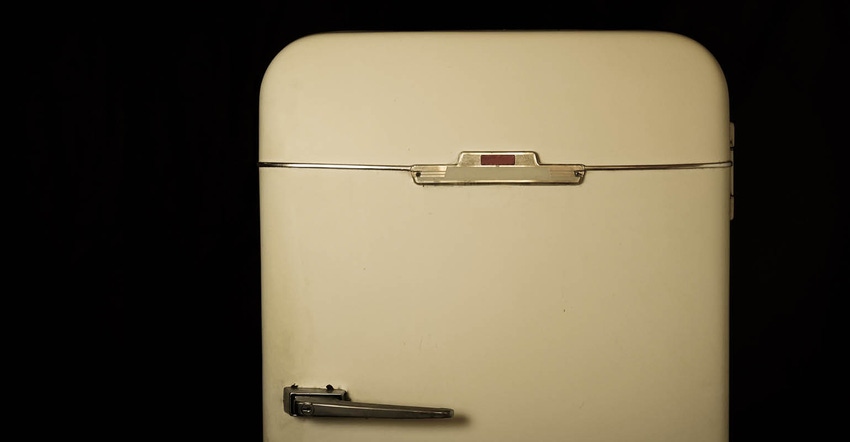Recleim’s customers include utilities with energy efficiency programs that take old refrigerators as well as manufacturers wanting to minimize the secondary appliance market.

Every year, up to seven million old refrigerators are replaced in the U.S., with a bulk of them ending up in scrap yards, landfills or at auto shredders. But appliance recycler Recleim is taking the process of managing refrigerators and freezers at the ends of their lives to a new level.
The Atlanta-based company’s technology captures and destroys gases during the shredding process, which boosts efficiency, says Steve Bush, Recleim CEO.
The company recycles 95 percent of the materials, selling metals to steel mills and brokers. Plastics are sold domestically and overseas, depending on market, and are used for products from the backs of television to ball point pens. And some foam pellets are sold to waste-to-energy plants.
The company has three de-manufacturing facilities in the U.S., in Philadelphia, Lima, Ohio and Graniteville, S.C.
The process of de-manufacturing these units typically involves removing liquid coolant in the beginning to preventing this ozone-depleting material from spilling and releasing into the atmosphere.
“If a refrigerator or anything with foam insulation was made before the early 1990’s, there’s a good chance manufacturers used a blowing agent [to get the foam into refrigerators’ walls and lining] and also a refrigerant which at the time contained CFCs (chlorofluorocarbons), which deplete ozone, leading to global warming,” Bush says. “When we shred the bodies, we capture and treat gases in the foam lining.”
In fact, some units contain up to two pounds of this potentially hazardous blowing agent in their linings. Meanwhile, CFCs are converted thru a catalytic process to salt water.
In some cases, Recleim uses liquid nitrogen to collect the gas and condense it into a tank where it is destroyed. In other cases, Recleim vacuums the air from the shredding chamber and pipes the gases into a destruction facility.
“In either case the process is 99.99 percent efficient, meaning we destroy that much of the ozone-depleting materials or greenhouse gas emissions,” says Bush. This performance meets the Montreal Protocol, which is the global standard set in 1987 for destroying greenhouse gas emissions and ozone-depleting substances.
Recleim’s customers include utilities with energy efficiency programs that take old refrigerators as well as manufacturers wanting to minimize the secondary appliance market and some retailers.
Recleim removes appliances from utilities’ customers’ homes using box trucks, transporting units directly to plants or cross-docking facilities where the units are consolidated for long-haul shipping. The company also collects units from manufacturers and retailers from aggregation points to create full shipments, which are transported to plants.
In Ohio, American Electric Power has worked with Recleim to process more than 100,000 refrigerators and freezers. Recleim picks up, demanufactures and disposes of the appliances. The utility offers an incentive to customers to participate.
“Through our program, residential customers get pick up service of their working refrigerator or freezer at no cost. They get a $35 incentive, and save hundreds in energy costs per year by not having that unit function,” says David Tabata, consumer programs manager for AEP Ohio.
As for the utility itself, AEP is required to reduce electric usage on its grid and Recleim’s service supports it in achieving this goal.
AEP’s officials were impressed with the environmentally friendly, high-tech process run by Recleim.
“You used to break apart refrigerators by hand and separate by materials,” Tabata says. “But this process is all in one, with a machine doing the work. We can get more units through. Materials are more pure, and gas is captured in a safe, environmental manner.”
Recleim’s other utility clients are also motivated to remove old units from the power grid.
“They don’t have to generate as much power during times of peak demand. And they are using less natural resources,” says Bush. “For manufacturers, they are doing it from a sustainability perspective, and for their brand. This kind of recycling is mandated in Europe, but not in the U.S. So manufacturers doing this here are ahead of the regulatory game.”
With retailers, meanwhile, after customers have purchased a new fridge, some offer to take the old one away.
“These are mostly units that don’t work,” Bush says. “Retailers are looking at this from a sustainability standpoint.”
About the Author(s)
You May Also Like




